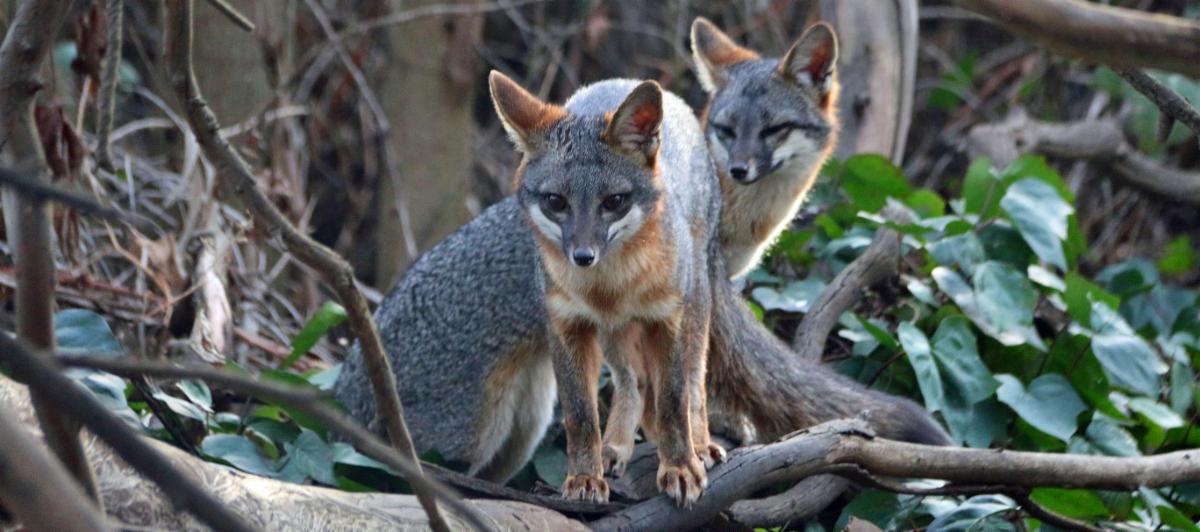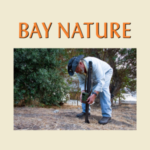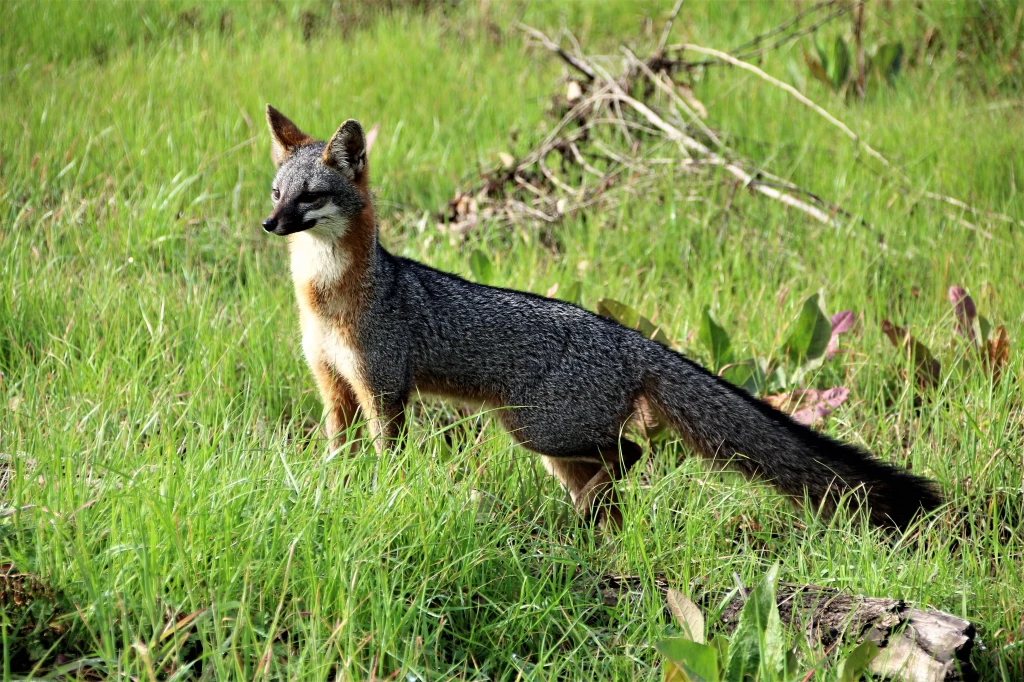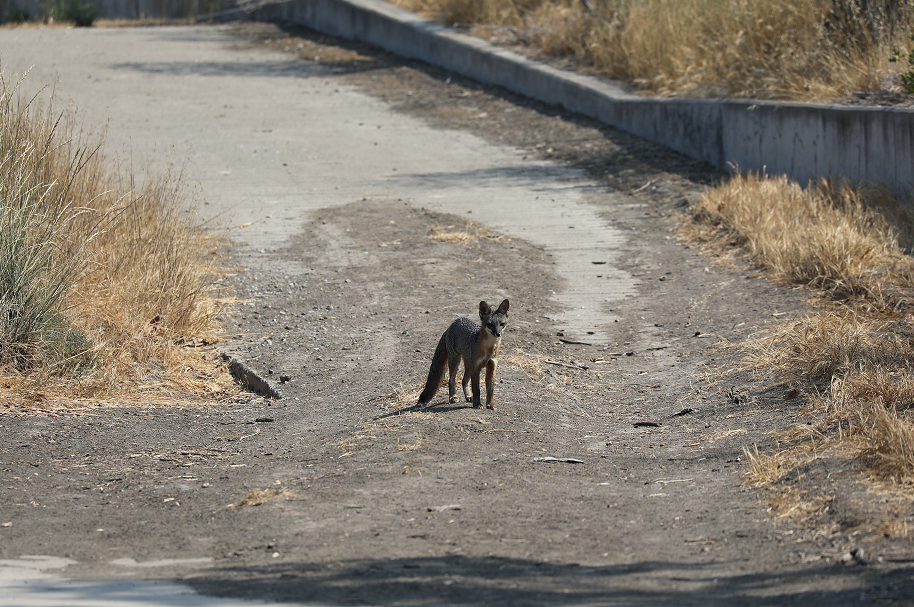Food Handling and the Origins of the Gray Fox Hierarchy
by William C. Leikam
President, CEO & Co-founder, Urban Wildlife Research Project
Special Notice: The Urban Wildlife Research Project is seeking new Board members!
The UWRP Board is seeking volunteers to help with both the big ideas of organizational planning as well as the hands-on duties of Board membership in roles such as secretary or treasurer.
A new Board member should have a working knowledge of the principles of ecology and wildlife conservation, and a willingness to actively participate at our Board meetings. Since our meetings are held via Zoom, board members do not need to live locally.
If you’re passionate about wildlife and can spare a few hours per month, please consider contacting our Board Co-Chairs for more information:
Jessica Hatfield at [email protected]
Davy Davidson at [email protected]
We look forward to hearing from you!
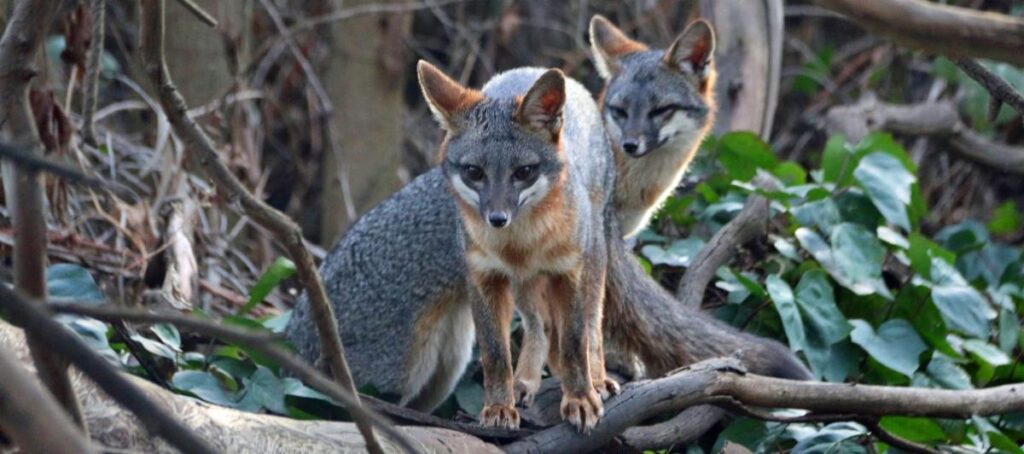
Food Handling and the Origins of the Gray Fox Hierarchy:
During my initial ethological studies in Central California on the behavior of the gray fox (Urocyon cinereoargenteus townsendi) among their many behaviors I saw that the foxes kept any food that they may have to themselves, most especially once the young pups had established the family’s hierarchy. That hierarchy is established through conflict over food. When one of the adults brought in a black squirrel, or a young Canada goose, it was simply dropped amid the pups and they were left to fend for themselves. They fought ripping and tearing, getting a bite but the gray fox Fearless dominated because she most often took the food off like she did that Saturday morning. Her siblings were all three nearby. I saw one up in the coyote bush and the others down closer, all waiting for Fearless to walk away and leave the rest of that squirrel’s carcass to them. Each one knew its position all the way down to Shy, the omega pup of the family. She might get nothing from that food chain and so she became a loner. Fearless governed as she pressed her nose deep into the throat of that squirrel. She was fed.
Sharing food was clearly alien to these foxes and that holds true for adults as well as pups. If gray fox Big Eyes outwits a woodrat and snatches it up for dinner, she will certainly not eat it just there where she made the kill, but she will take it off somewhere safe and out of the reach of others before eating. Big Eyes and Fearless were the ones who established the hierarchy. The hierarchy governed, and for the rest of the pup’s lives they conformed and lived within It.
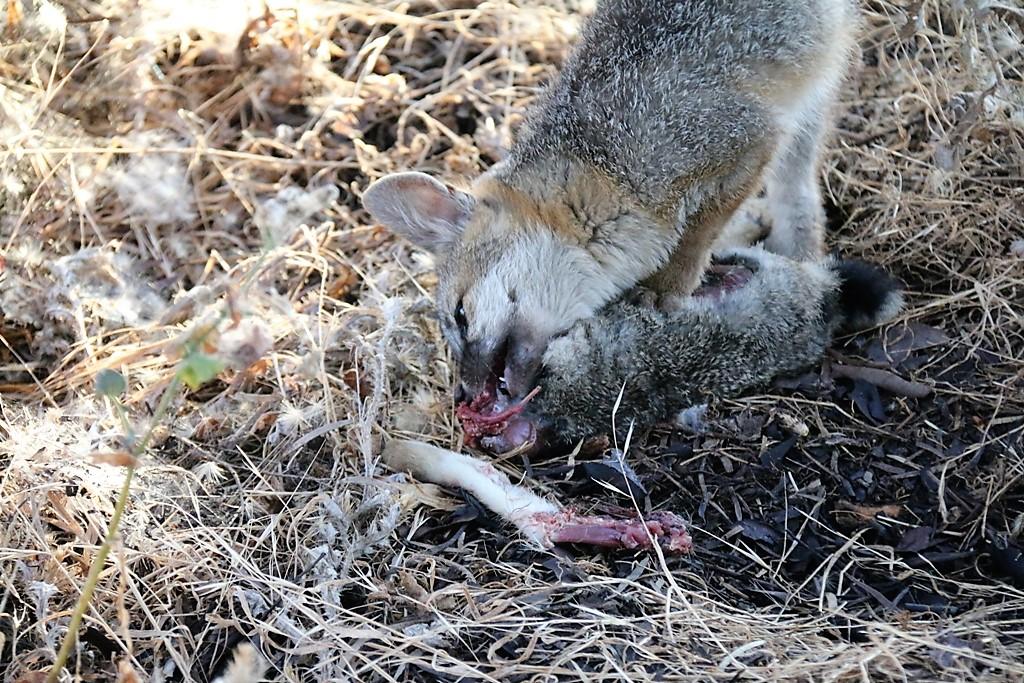
I observed that scenario played out both live and before one of my trail cameras one spring night in 2014. Given the latter, the four pups chased and wrestled as they normally do until off from the left of the camera’s frame, an adult arrived with the hindquarters of a jackrabbit. One of the pups raced for the prize but before it could take charge, three others took hold and a screaming, shrieking tug-of-war ensued with the pups working to take hold. Finally, after a crazy mix of pups battling for exclusive possession, two of them pulled the hindquarters away from the others. They charged up and over a large polyethylene pipe, one tugging at one end of the rabbit’s leg and the other tugging at the other end with all of its might. The rabbit’s hindquarters tore in two and both pups dashed off into the dark, leaving the other two with nothing to eat.
Similarly, on another occasion but this time in broad daylight, freelance journalist Tom and I stood at the edge of Fox Hollow Hill with four young pups chasing in and out of the nearby brush and climbing out on a fallen eucalyptus branch. These four pups were Mama Bold and her mate Gray’s litter. As Tom took several photographs, I noticed one of the adults trotting across the road toward the hill, carrying something in its mouth. I called Tom’s attention to what I thought would be an interesting situation, yet I had no idea what was about to transpire in but less than a minute. Through the tall grass Gray came up onto the hill no more than 10 feet away. He dropped a dead squirrel in the midst of his racing, dashing pups. Instantly, one snatched up the squirrel and ran for the bushes, but before it could get undercover, another took hold. They fought, ripping at the rodent. A third pup snatched up a hind leg and ran. The remaining pup hung in the background as if simply waiting for the ruckus to settle down.
This tug-of-war established the initial foundations for the yet to be developed hierarchy. From multiple observations over several consecutive years, it appeared as if the strongest and/or the most aggressive pup emerged as the dominant or alpha pup. This pup may be either male or female. It is not gender biased. As the young foxes developed and the hierarchy solidified each pup knew and adhered to its feeding rank until it dispersed. For instance, the alpha pup always had first choice when it came to food. When they dispersed no longer was there a struggle for sustenance.
I. Gray Fox Population & General Health
As of this date, we have two adult gray foxes living in the Palo Alto Baylands Nature Preserve. These two foxes appear to be in good health. There is no indication in their scat that anything internal is breaking down.
However, Laimos is head-shaking once again. I’m not sure what that all means. It seems to come on at only this time of year.
II. UWRP News & Updates
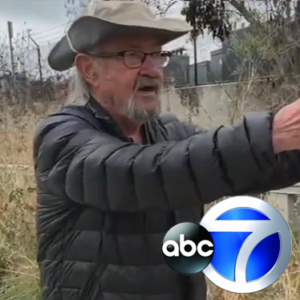 First Baby Beaver Sighting in 160 Years!
First Baby Beaver Sighting in 160 Years!
Maybe you have recently seen us in the news? Bill’s discovery has generated a lot of excitement! Local newspapers such as the Palo Alto Weekly, the San Francisco Chronicle, the LA Times, and nationally syndicated outlets such as ABC-TV carried the story. Read more in our newsletter from earlier this month.
 The UWRP is Seeking New Board Members
The UWRP is Seeking New Board Members
…to help with both the big ideas of organizational planning as well as the hands-on duties of Board membership in roles such as secretary or treasurer. If you’re passionate about wildlife and can spare a few hours per month, please consider contacting our Board Co-Chairs: Jessica Hatfield at [email protected] and Davy Davidson at [email protected]
 The ‘Triggered By Motion’ Experience
The ‘Triggered By Motion’ Experience
The UWRP is excited to present our newest video documentary featuring Bill Leikam’s participation in the global research project “Triggered By Motion”, a world-wide exhibit of citizen scientists from 21 locations using camera traps to learn about local urban wildlife. Join Bill on his journey between California and Zürich, Switzerland, as he experiences the breathtaking exhibition in person!
Today, Bill is the world’s leading authority on the gray fox. This book is an account of his experiences among the gray foxes of the Baylands, a tale of life and death, of growth and loss. Stay for a while and go exploring with the Fox Guy. Find it today at Barnes & Noble or DiAngelo Publications.
Read more about UWRP in the news:
III. UWRP Research Objectives
Within the permit that allows the Urban Wildlife Research Project to conduct its study of the behavior of the gray fox at the Palo Alto Baylands Nature Preserve, the objectives covered area:
Monitoring of urban gray fox denning sites in Palo Alto Baylands: This is being accomplished during the period when the gray foxes use a den site. It is one of the prime locations for gathering most of the behavioral data of the litter and for adults alike.
Assessment of status and population trends of Baylands urban gray foxes: Since January 2019 a pair of resident gray foxes have claimed territory at the Palo Alto Baylands Nature Preserve.
Identification of habitat features that promote the presence of urban gray foxes: After considering this and talking with people who know how to restore habitats, we need to assess what kinds of plants, including the Alkaline Saltbush, would grow best along the edge of the saltwater channel and alongside the marsh. We need to grow a permanent habitat that contains the corridors and plant it as soon as possible. We’ll keep an eye on this as this is a critical link between the southern region of the Baylands and the northern region.
Assessment of reproductive success and identification of factors that promote successful reproduction: Open the pinch-point along Matadero Creek by developing thickets that link one area to another, instead of the present “islands”.
Identification and assessment of possible dispersal travel routes: Dispersal routes move between the Palo Alto Baylands Nature Preserve and the Shoreline region over in Mountain View. In a north-westerly direction the dispersal corridors run just behind the homes bordering the marshlands.

